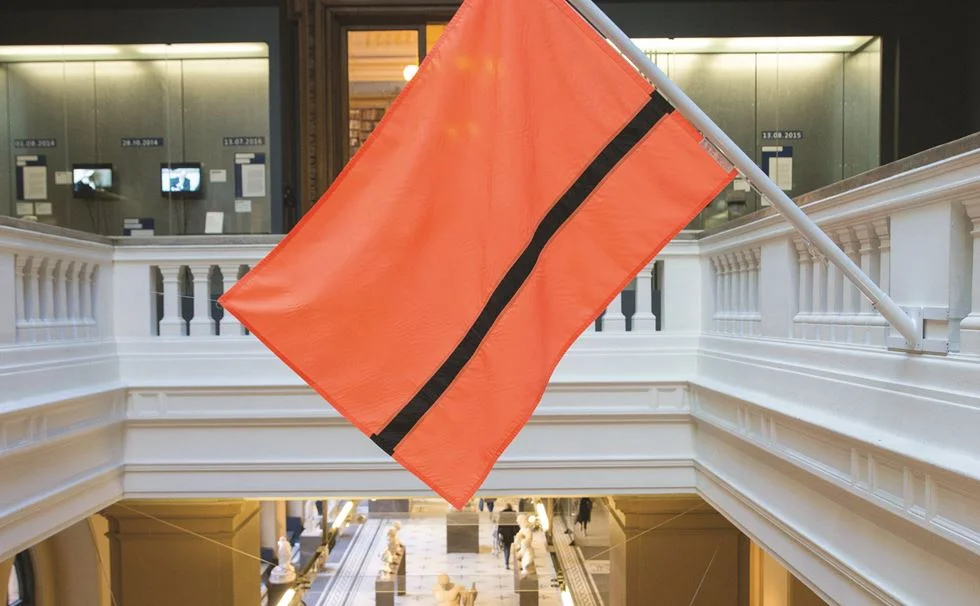Last week, the Design Museum announced the nominees for this year’s Beazley Designs of the Year Award. Now in its 10th year, the annual award, which is curated and hosted by the London museum, showcases global design projects nominated by renowned academics, critics and designers that have been recognized for their outstanding contribution to the field.
A panel of six judges, including RIBA Stirling Prize winning architect Amanda Levete and fashion designer Ozwald Boateng, will reveal the winners early next year, one from each of six categories - Architecture, Digital, Fashion, Graphics, Product and Transport – as well as award an overall prize, and while the event’s aims are to celebrate design that promotes or delivers change, enables access and extends design practice, it also has a reputation for capturing the zeitgeist.
Emergency shelters designed by 2016 Award Winner Better Shelter / Photo: beazley.com
Last year’s overall prize was scooped by architecture category winner Better Shelter, which took as its starting point the topical issue of global population displacement. The social enterprise uses the flat-pack technology we typically associate with furniture to create emergency and temporary shelter for those who have been displaced due to conflict or as a result of natural disasters.
For the 2017 entrants, activism and protest have proved to be strong themes, and here we have highlighted several of the designers and their work that have been nominated for this year’s award.
The Lycée Schorge Secondary School in Burkina Faso / Photo: Iwan Baan
Architecture
Encompassing the work of global architecture practices as well as small-scale local projects, this year’s nominees for architecture include Serpentine Pavilion designer Francis Kéré’s Lycée Schorge Secondary School in Burkina Faso, which has been built from locally sourced materials, and the Port House by Zaha Hadid Architects, a glass extension that was added to a disused fire station in Antwerp's docks.
OTHR's 3D Printed Porcelain EE Juicer / Photo: OTHR
Digital
A text messaging service to provide refugees with practical information, designed by Kåre M. S. Solvåg, Caroline Arvidsson and Ciarán Duffy, and OTHR’s 3D printed functional products for the home are among the 2017 nominees under the Digital category.
The Nike Pro Hijab / Photo: Nike
Fashion
Particular themes explored this year by fashion designers include social justice, up-cycling and celebrity fashion. Nominees include ECOALF’s Upcycling the Oceans project, which aims to transform plastic debris found in the Mediterranean Sea into thread to create a new 100% recycled fabric entirely manufactured in Spain, and the Nike Pro Hijab by Rachel Henry, Baron Brandt and Megan Saalfeld for Nike, a performance hijab which it is hoped will change the face of sport for Muslim women.
The Refugee Nation Flag / Photo: V&A Museum
Graphics
Political unrest proved to be a particularly strong theme for this category, with nominations including the pro-EU anti-Brexit campaign designs by artist Wolfgang Tillmans, and Yara Said’s flag for the Refugee Nation, designed by the Syrian artist and refugee for the first ever Olympic refugee team which took part in the Rio games. The flag’s colour scheme was inspired by lifejackets.
Ink made from air pollution / Photo: Graviky Labs
Product
This category covers furniture, both one-of-a-kind and mass-produced items, and includes lighting, technology, homewares and healthcare. Among the 2017 nominees are AIR-INK, the first commercially available ink made from air pollution, and BuffaloGrid, a company providing mobile power and internet services to customers in North India, where although 750 million people have mobile phones, they don’t have regular access to electricity.
Electric moped crafted using local Moroccan techniques and materials / Photo: Mahjouba
Transport
This year’s shortlist in the Transport category includes an electric moped by artist Eric van Hove created using Moroccan craft techniques and materials, and Scewo, a stairclimbing mobility device for the disabled and elderly developed by a group of students at the Swiss Federal Institute of Technology.
The designs by award nominees across all categories will be on display at the Design Museum’s new home in London’s Kensington from 18 October 2017 to 28 January 2018.
Read more about the awards and see the full list of nominees here.








